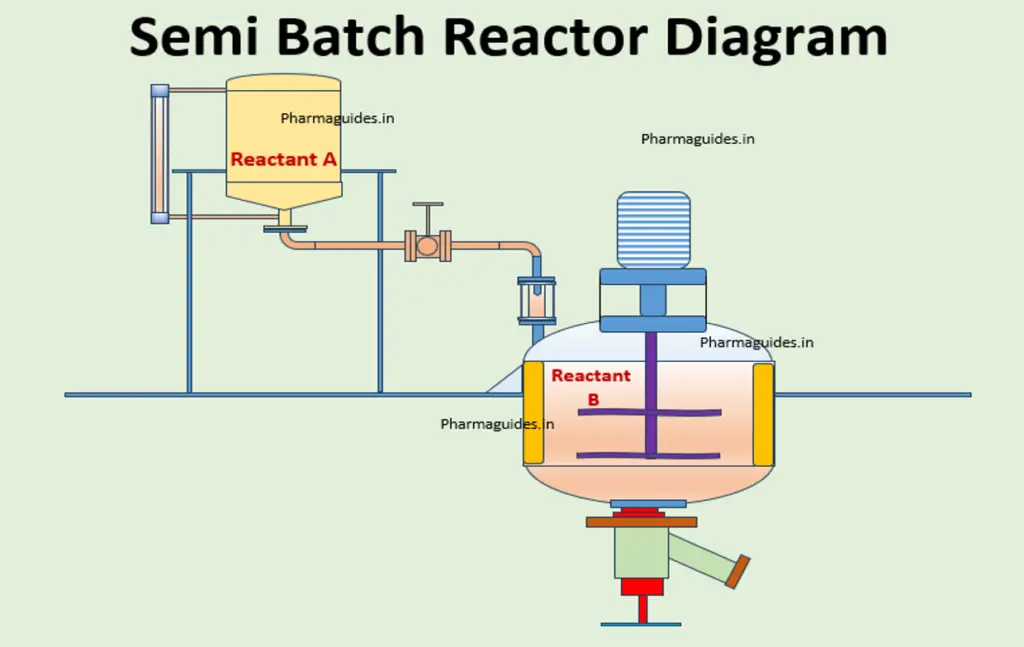Article Contents
Rotary Evaporator
A rotary evaporator is laboratory set up which use in chemistry lab. We will study rotary evaporatores principle in details in this article.
This article contains,Rotary type of evaporator: A guide to its principle, parts, applications, and frequently asked questions.

A rotary type evaporator, also known as a rotovap or rotavapor, is a laboratory instrument used to evaporate solvents, usually from a sample in a round-bottomed flask. It is an essential tool in many chemistry and biology labs and is widely used in the pharmaceutical, chemical, and biotech industries. In this article, we will discuss the principle of operation, the various parts of a rotary evaporator, and its applications, along with some frequently asked questions.
Rotary evaporator principle
The principle behind a rotary evaporator is simple. The sample to be evaporated is placed in a round-bottomed flask, which is then attached to a rotating evaporation flask. The flask is heated with a water or oil bath, and a vacuum is applied to the system to lower the pressure in the flask. As the flask rotates, the sample is heated and exposed to the reduced pressure, causing the solvent to evaporate. The solvent vapor is then condensed in a separate condenser and collected in a receiving flask.

Parts of a rotary type of evaporator: A typical rotary type evaporator consists of the following parts:
- Flask: A round-bottomed flask that holds the sample to be evaporated.
- Evaporation flask: A rotating flask that is heated with a water or oil bath.
- Condenser: A glass tube that is cooled with either water or air and is used to condense the solvent vapor.
- Vacuum pump: A vacuum pump is used to lower the pressure in the system.
- Receiving flask: A flask that collects the condensed solvent.
- Heating bath: A water or oil bath that heats the evaporation flask.
Applications of Type rotary evaporators
Rotary type of evaporators are used in a variety of applications, including.

- Concentrating solutions: Rotary type evaporators are commonly used to concentrate solutions, such as natural product extracts or organic synthesis reaction mixtures.
- Purification of compounds: Rotary type evaporators can be used to purify compounds, such as isolating a pure product from a reaction mixture.
- Solvent removal: Rotary evaporators can be used to remove solvents from samples, such as removing residual solvents from a pharmaceutical product.
Frequently asked questions about rotary Type evaporators
Q: What is the maximum temperature that a rotary evaporator can reach?
A: The maximum temperature that a rotary evaporator can reach depends on the heating bath used. A water bath can reach temperatures up to 100°C, while an oil bath can reach temperatures up to 180°C.
Q: How do I clean a rotary evaporator?
A: Rotary evaporators should be cleaned regularly to prevent contamination of samples. The flask, condenser, and receiving flask can be washed with soap and water, and the vacuum pump should be cleaned with a vacuum pump oil.
Q: How do I prevent bumping during evaporation?
A: Bumping, or sudden boiling of the sample, can be prevented by adding a boiling stone or anti-bumping granules to the flask. These help to promote even boiling and prevent the formation of bubbles.
can we use as a typical types of Rotary type of evaporator for distilation as well as evaporation or as well as crystallisation??
yes we can use but that depends on the process.
Conclusion
A rotary evaporator is an essential tool in many chemistry and biology labs, used to evaporate solvents and concentrate solutions. By understanding the principle of operation and the various parts of a rotary evaporator, you can choose the best instrument for your needs and use it effectively and safely.
Read also,














1 COMMENTS
Comments are closed.